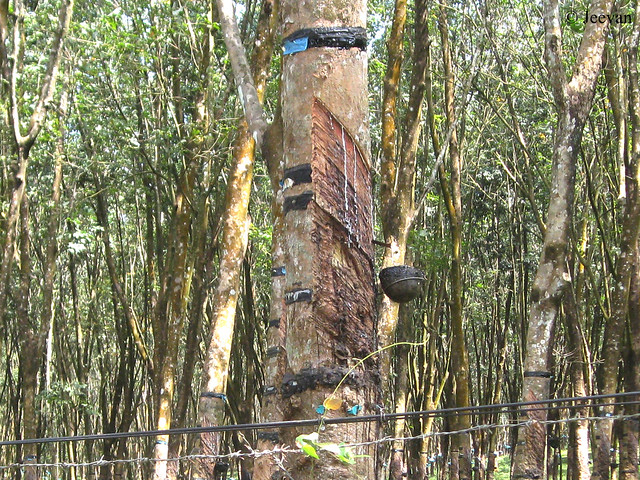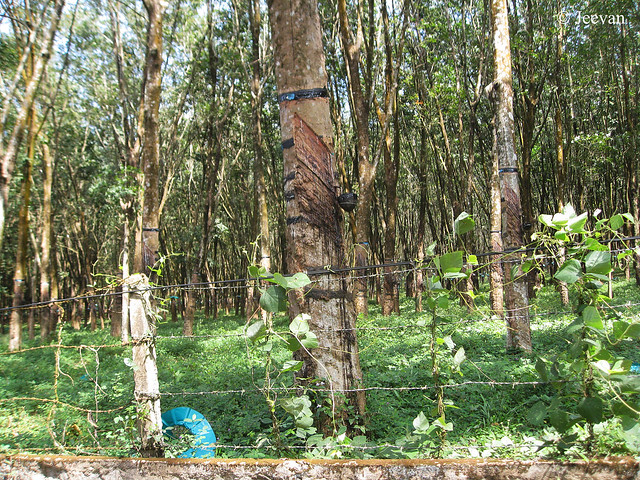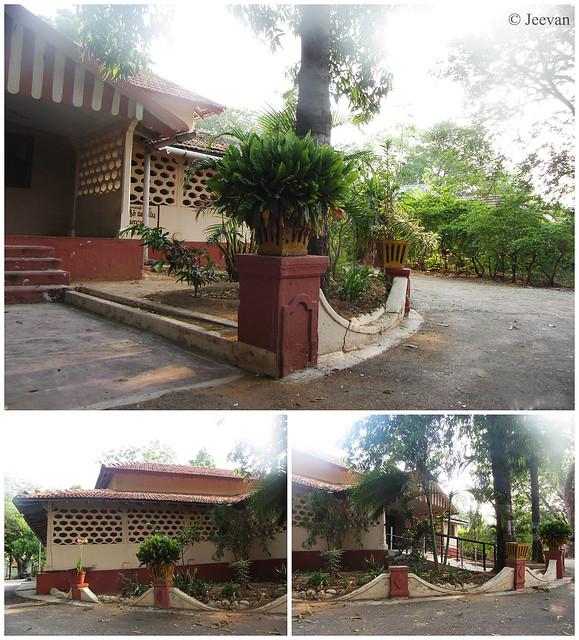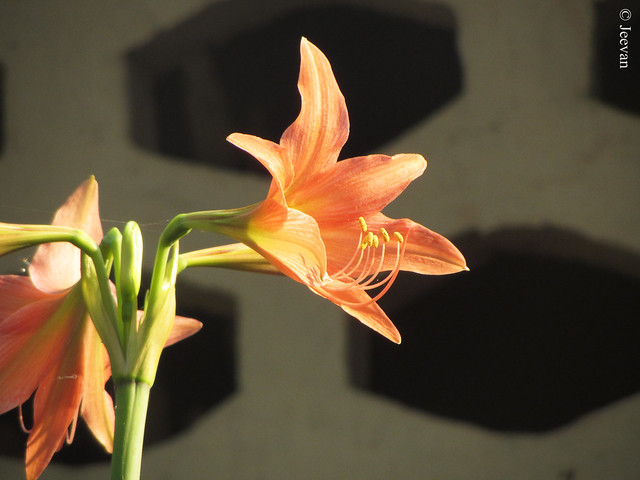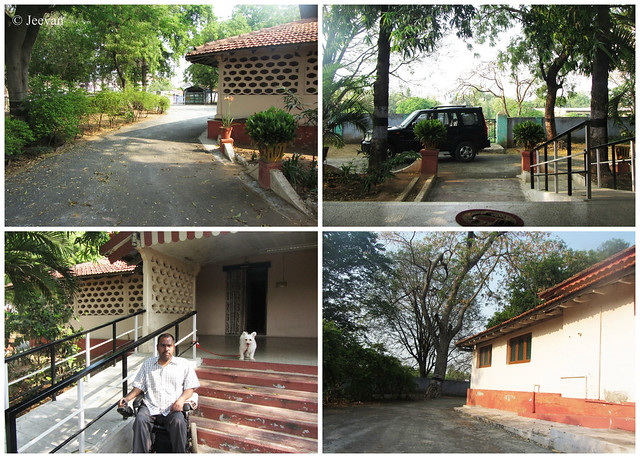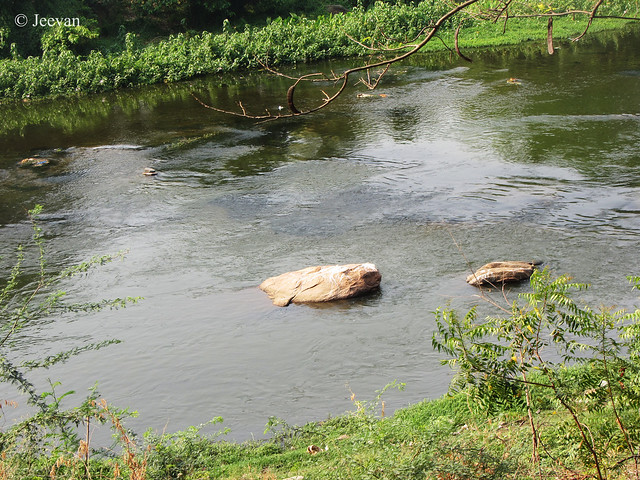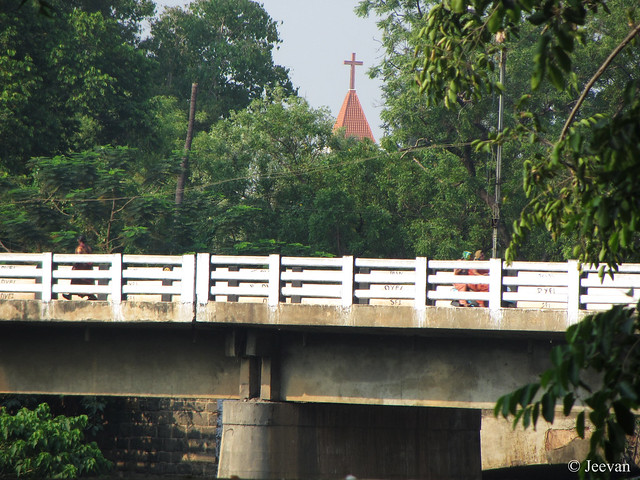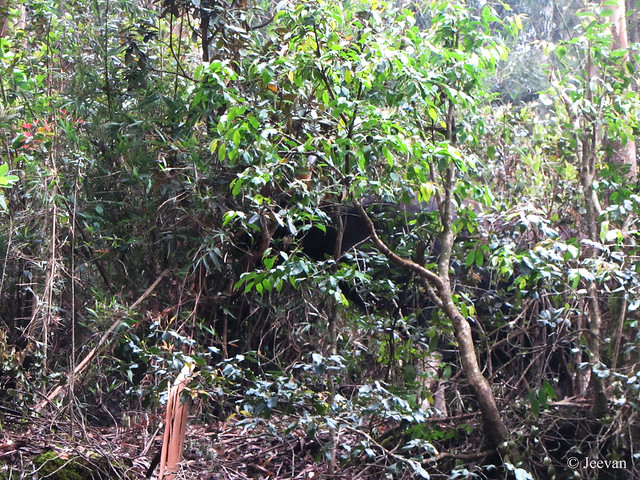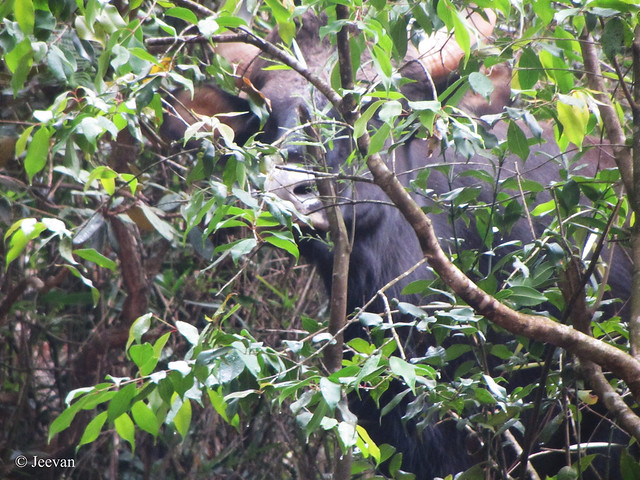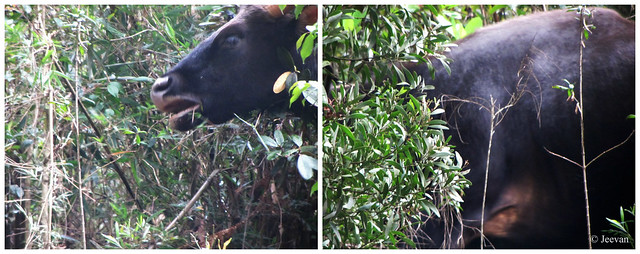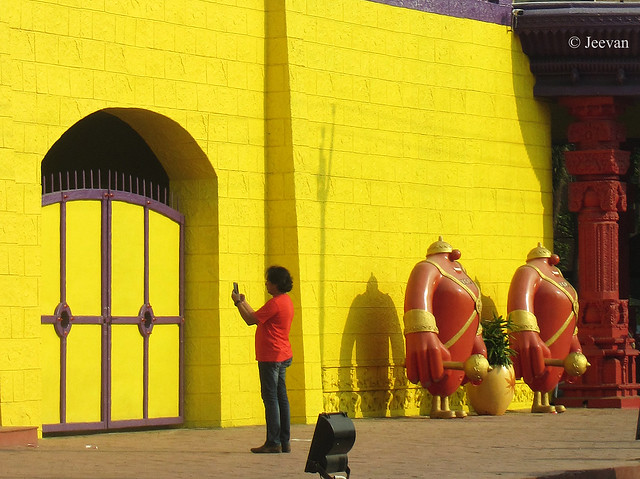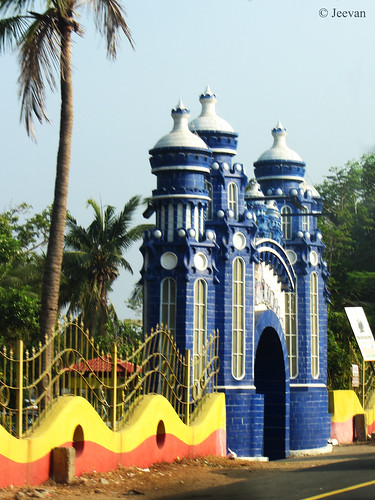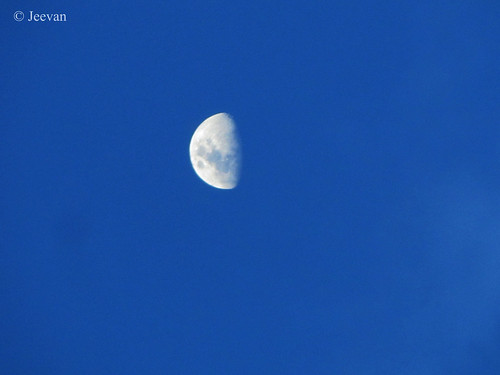During a visit to Kanyakumari and
while coming back from Pechiparai Dam, we stopped by a rubber plantation with
the road passes between the estate. It was the first time I got to see rubber
trees and each tree was tied by a coconut shell along the trunk and the top
layer has been removed for the rubber milk to flow into shell. The milk is
collected later and processed to form rubber sheets which left to dry for few
days before transported to various purposes and use.
Kanyakumari is the only district
in Tamil Nadu where rubber is produced and among the available of 19233
hectares of rubber plantation, 24020 tonnes of rubber is produced annually. Though
Kerala is the leading rubber producer in India, Tamil Nadu contributes 3% of
the total natural rubber production in India, which is no.4 among the top ten
rubber producing counties.
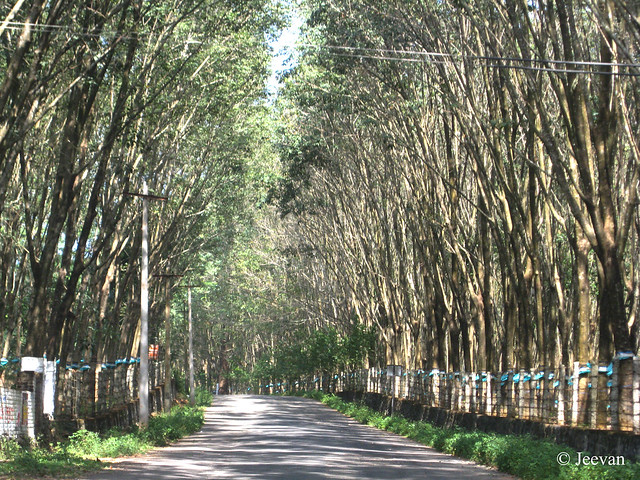 |
| Neatly fenced rubber estate and the road leads beautiful amid trees |
The geographical location of
Kanyakumari helps doing excel in rubber industry, with adequate and well
distributed rainfall in the Western Ghats. In the southern region, Tamil Nadu
is the second major producers of natural rubber and the rubber goods are
manufactured both in the organised and small-scale sectors. And the manufacturing is mostly like tyres,
tubes, belts, balls, washers and rubber sheets.
Linking this post for Good Fences by Gosia

